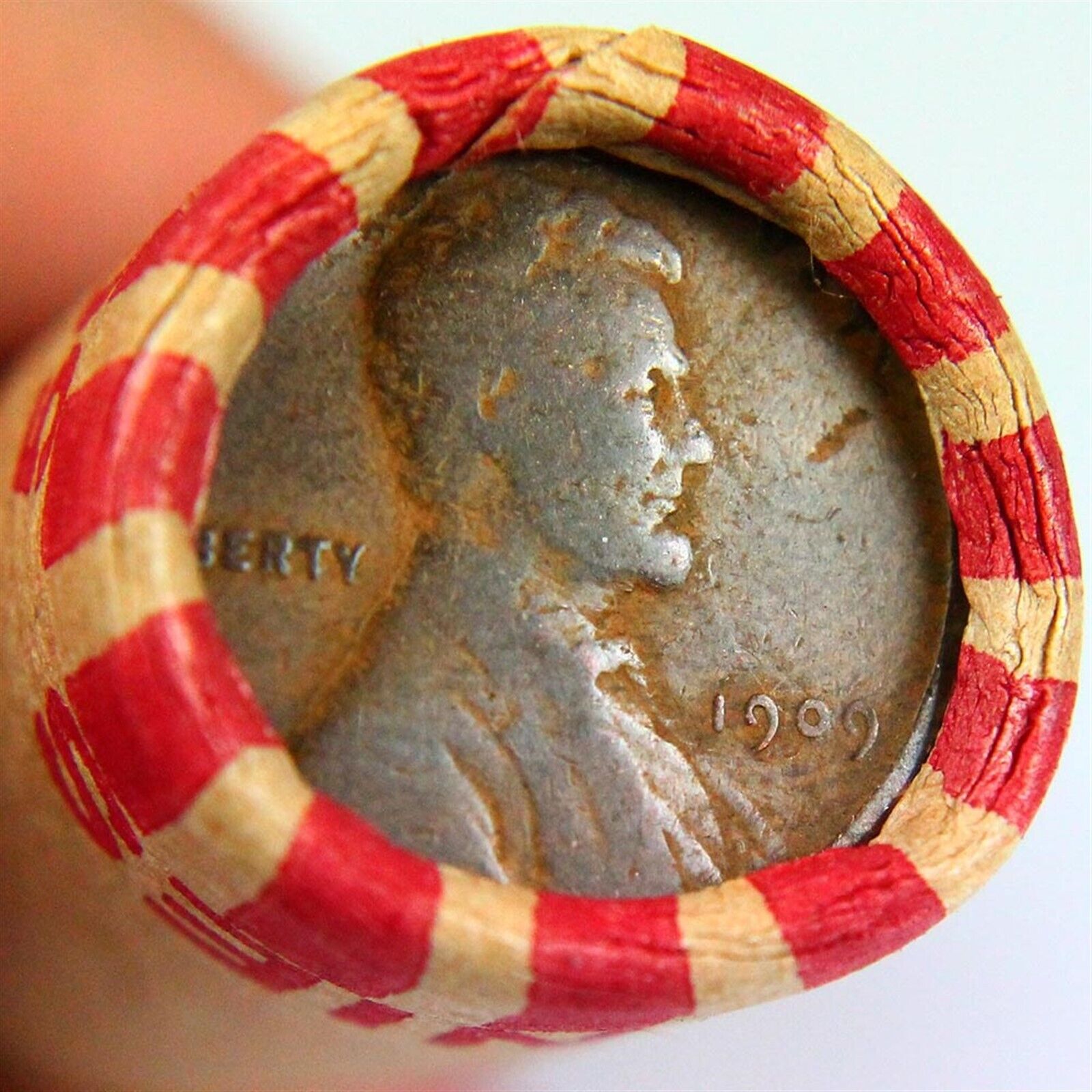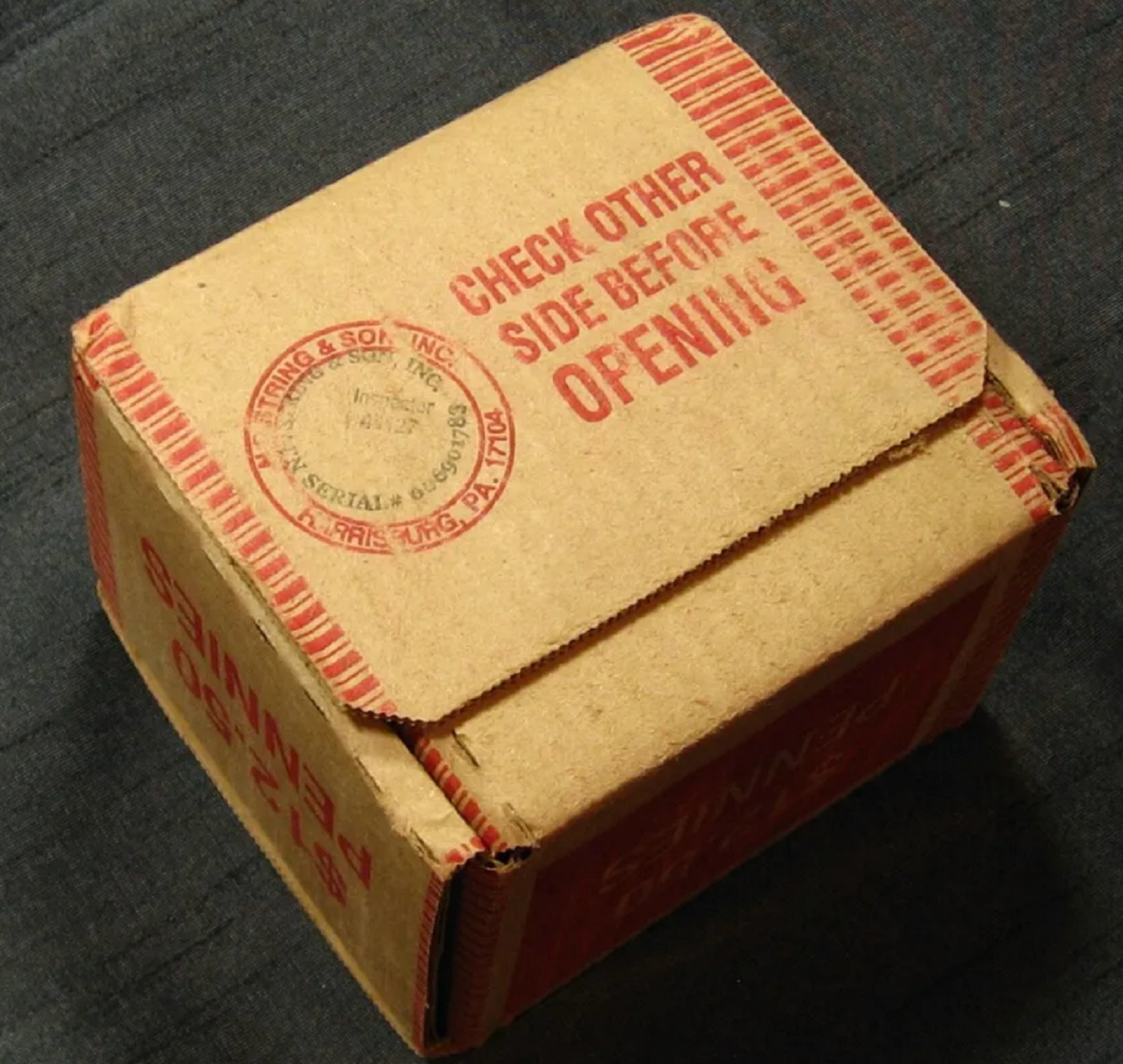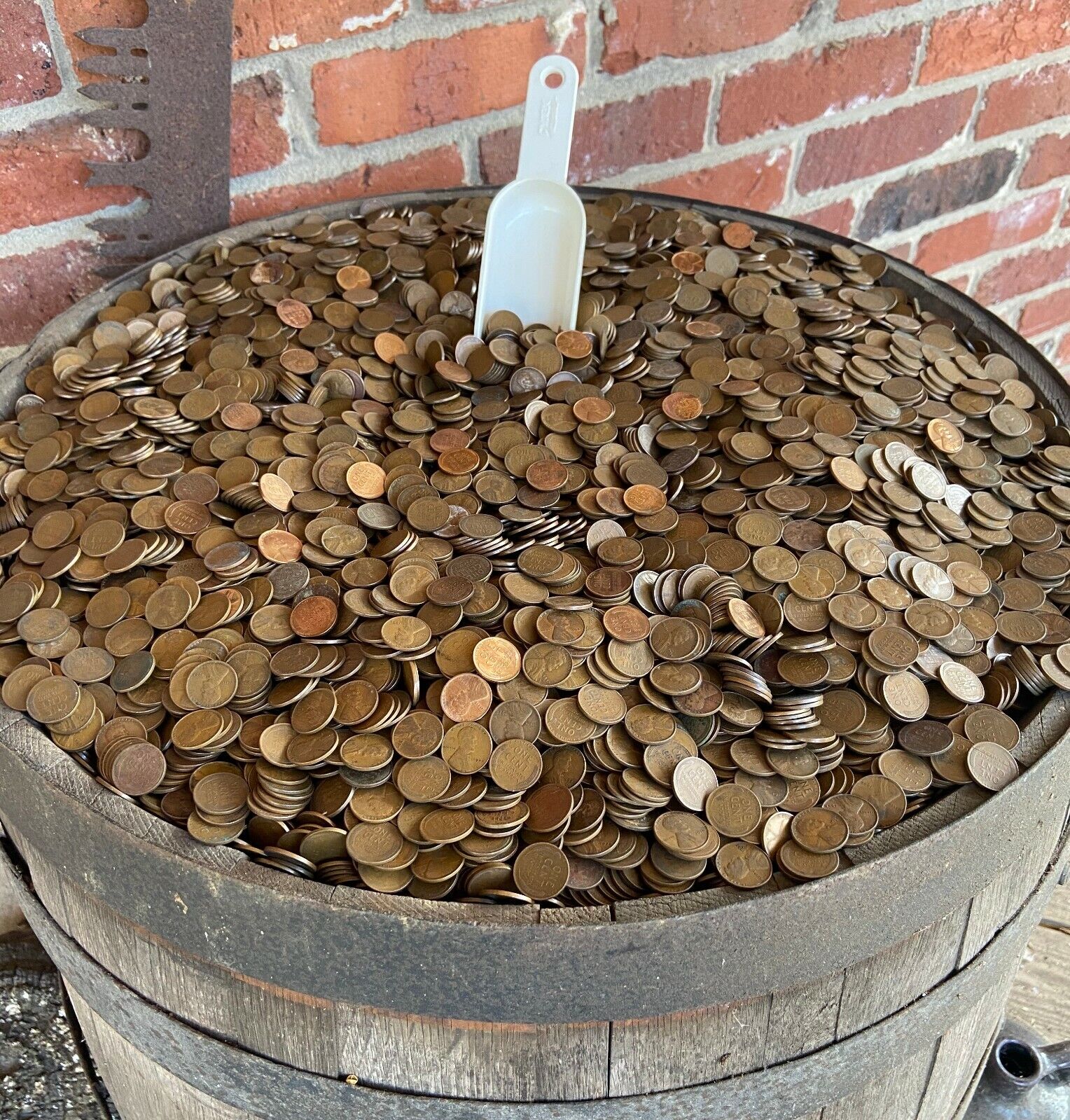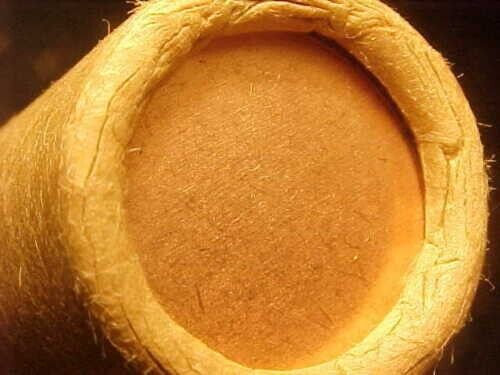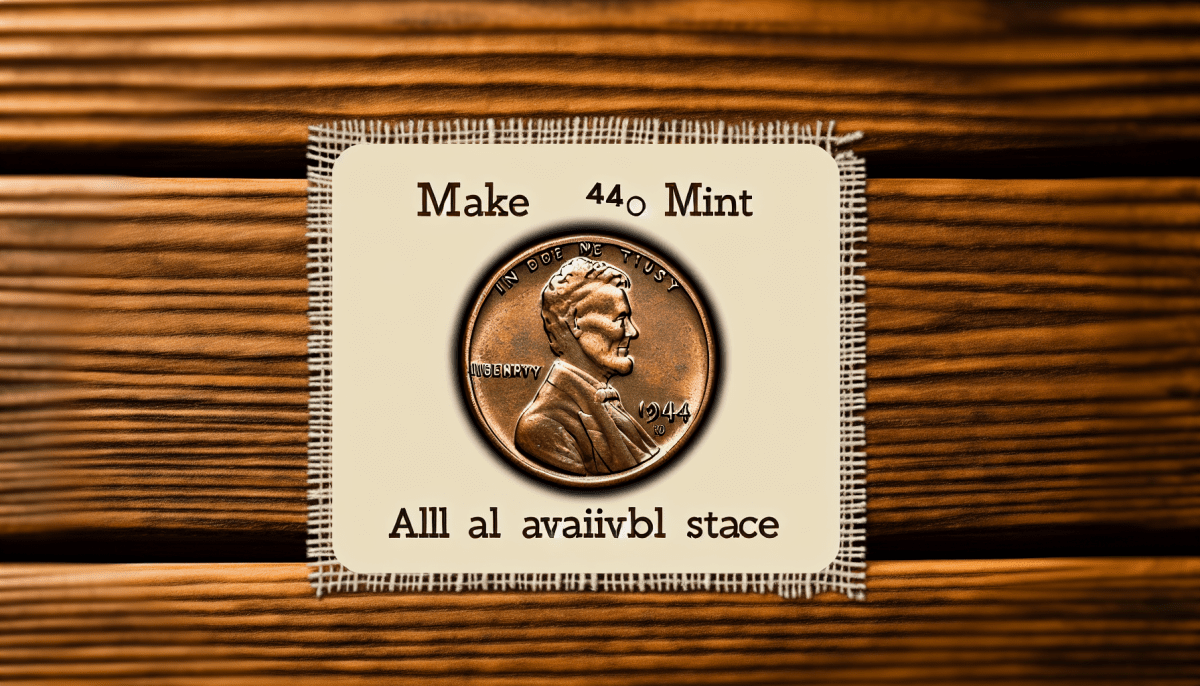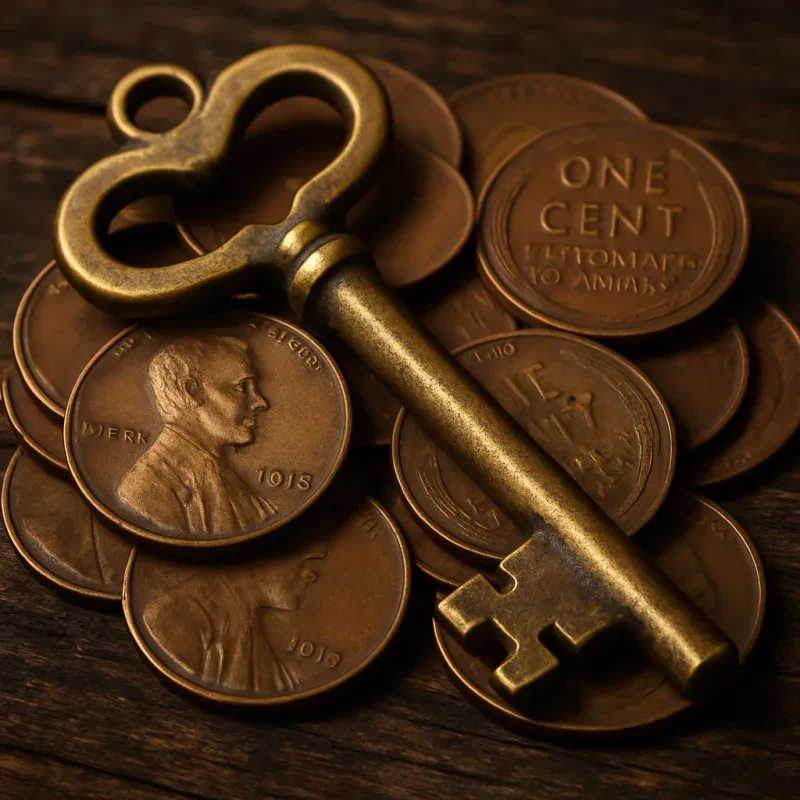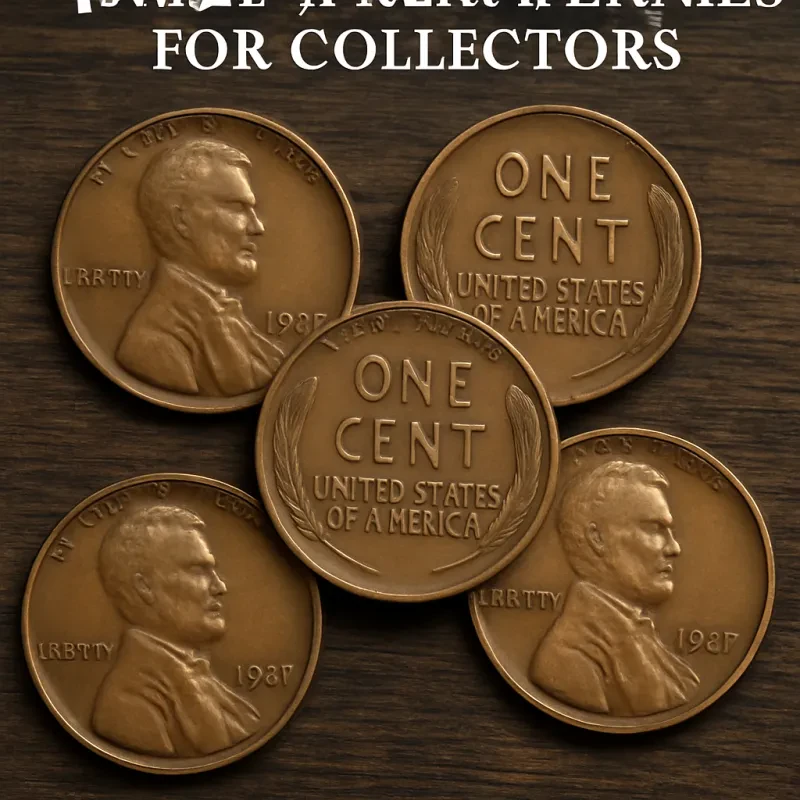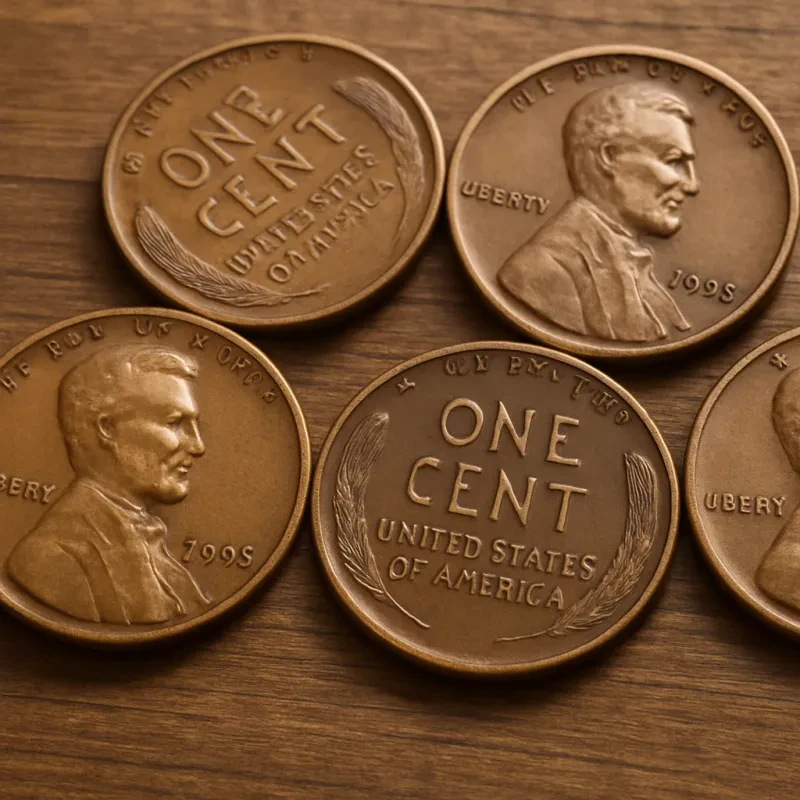Treasure in Your Pocket: The Surprising Value of the 1944 No Mint Wheat Penny
The 1944 no mint mark Wheat Penny, a piece steeped in numismatic history, stands as a testament to the resilience and continuity of the United States during the tumultuous times of World War II. As collectors and enthusiasts delve into the world of coin collecting, the 1944 Wheat Penny emerges as a significant find, not just for its historical context but also for its value in the collectors' market.
The 1944 No Mint Mark Wheat Penny: An Overview
The Wheat Penny, officially known as the Lincoln Wheat Penny, was first introduced in 1909, marking the centennial of President Abraham Lincoln's birth. Featuring the iconic bust of Lincoln on the obverse and two wheat stalks on the reverse, this design was a departure from previous designs and was well-received by the American public. The 1944 edition of this penny is particularly notable for a few reasons.
Production and Historical Significance
In 1944, the United States was deeply involved in World War II, and resources, including metal, were in high demand for the war effort. The 1944 Wheat Penny was minted in three locations: Philadelphia (no mint mark), Denver (D mint mark), and San Francisco (S mint mark). The Philadelphia Mint's output, known as the no mint mark version, is of particular interest due to its high production numbers and absence of a mint mark.
Mintage Figures
The Philadelphia Mint produced a staggering number of these pennies in 1944, with over 1 billion pieces minted. This high mintage makes the 1944 no mint mark Wheat Penny one of the most common Wheat Pennies available, but this does not detract from its value to collectors, especially those in search of coins in pristine condition or with unique errors.
Value and Collectibility
The value of a 1944 no mint mark Wheat Penny is primarily determined by its condition, with prices ranging significantly based on grade. A coin in average circulated condition might fetch only a few cents above its face value. However, uncirculated coins, especially those with a high grade from coin grading services, can command higher prices. For instance, a 1944 Wheat Penny in MS-63 (mint state) condition might be valued at $0.50 to $2, while coins in MS-65 condition could fetch around $5 to $20 or more in the market.
Notable Auction Realized Prices
Exceptional pieces, particularly those with rare errors or in near-perfect condition, have achieved significant realized prices at auction. While specific auction results for the 1944 no mint mark Wheat Penny vary, rare error coins from 1944, such as those struck on the wrong metal planchets, have garnered thousands of dollars. For the standard no mint mark version, the value escalates with the coin's condition, with the highest grades fetching hundreds of dollars in some cases.
The 1944 no mint mark Wheat Penny is a fascinating piece of American numismatic history, embodying the era's challenges and the nation's perseverance. While it may be one of the more common Wheat Pennies due to its high mintage, its value in uncirculated condition or with unique characteristics continues to attract collectors. As with all collectibles, the true value of a 1944 Wheat Penny lies in the story it tells and the joy it brings to those who appreciate the rich history of American coinage.
